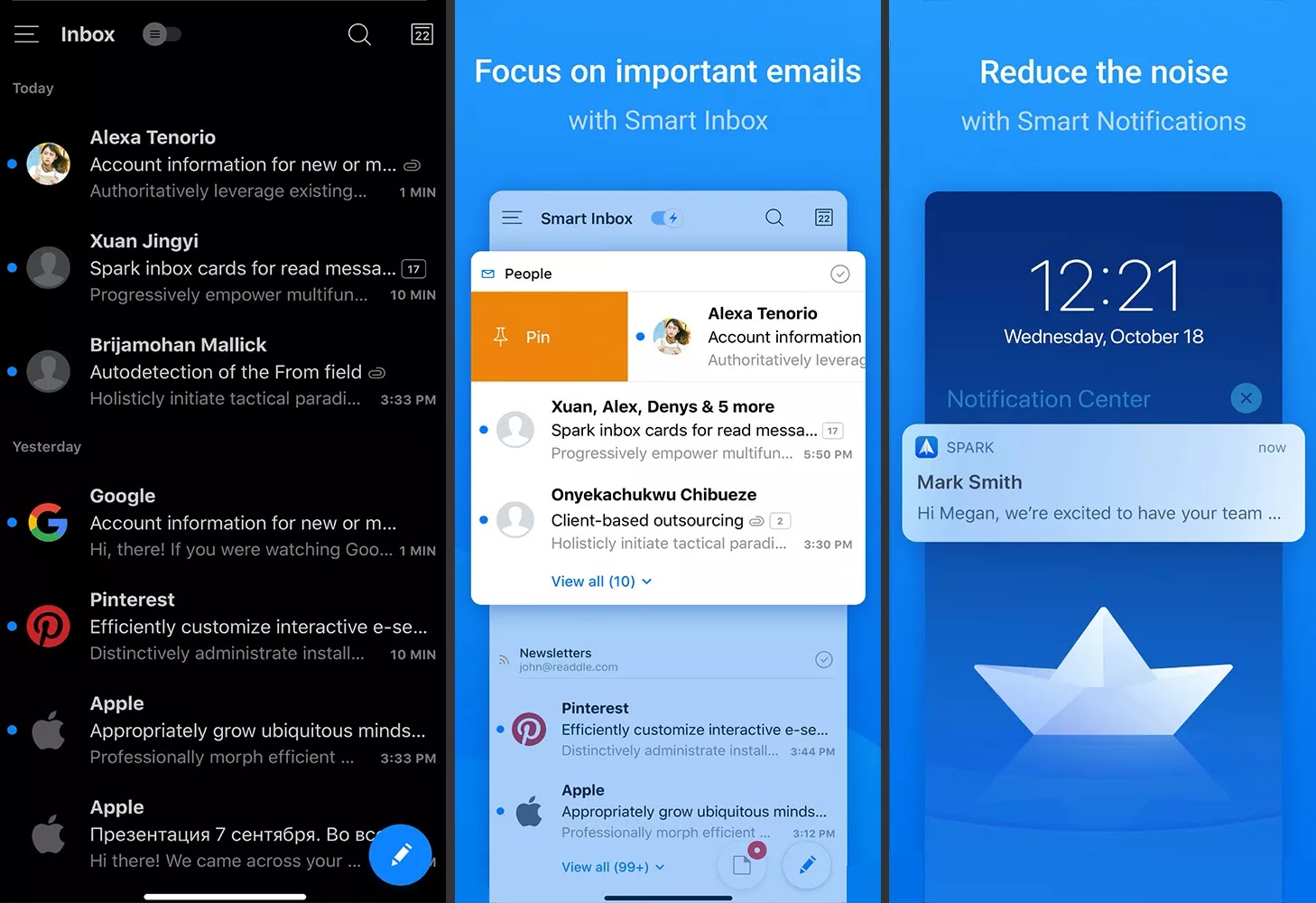What is an Example of Spam Email ?
Everyone who uses email encounters spam, also known as junk mail. At a minimum, it fills up inboxes and consumes valuable time; At worst, it tricks unsuspecting recipients into revealing private information or sending money to an unknown third party. Spam is so pervasive that most email providers offer spam reporting and blocking tools.
What are Some Examples of Spam?
If you're not using filters wisely, there's a good chance your inbox contains at least a little bit of spam. Spam consists of:
- Emails you didn't ask for, from senders you don't know.
- Unsolicited commercial email messages sent in bulk, often using a purchased (or stolen) mailing list that contains your address.
- Fake messages that appear to come from trusted sources and try to trick you into providing your personal information.
- Misleading messages from people you know whose email accounts have been hacked.
Not all spam is illegal, but some is.
What is Not Spam?
Newsletters you've signed up for, an email from a college friend, notifications you've requested from social networking sites, and most messages from people trying to contact you personally are not spam.
Sometimes it is difficult to distinguish between spam and legitimate messages. For example:
- A newsletter someone signed up for isn't spam, it's another form of email abuse.
- A bulk email from an unknown sender that you find useful may not be spam.
Any email you solicit in one way or another is not spam, even if you later find it annoying.
Why is There Spam?
Spam thrives because it works. People buy products advertised in spam. When enough people reply to a spam email, the sender earns a profit (or gains information) and is encouraged to send more spam emails.
Only a small fraction of the spam email sent needs to generate revenue for a spam company to break even. Spam is cheap to send.
Why is Spam Bad?
Spam can be more than just a nuisance. Manually processing, filtering, or deleting costs time, money, and resources. The proliferation of spam and the resources required to prevent spam diminish the attractiveness of email as a medium. In addition, other negative effects may occur.
- If you respond to an unsolicited ad, you could end up on many sellers' mailing lists, thus increasing the amount of spam coming into your account.
- If you reply to an email sender who is posing as someone you know, like your bank, you risk giving your private information to a malicious stranger. Identity theft is a big problem. Don't make it easy for others to steal yours.
- Some spam emails are illegal. Junk mail containing sexual harassment or child pornography is illegal. This also applies to attempts to obtain your credit card information.
- Spam preys on inexperienced or naive email users.
What to Do Against Spam
Here are some ways to protect yourself against spam:
- Do not open it. The best thing you can do to prevent spam from entering your inbox is to not open it or respond in any way. Even clicking the unsubscribe banner at the bottom of an email can be viewed positively by the sender. It is proof that you have read and interacted with the email. It also checks your email address.
- Don't give out any personal information. Never provide personal information in response to an email that asks for your username, account number, or other personal information. Be conscious. If you get an email from your bank and you're not sure if it's legitimate, call the bank instead of providing information in an email.
- Find the sender. Click on the email sender's name in the header and view the address of each suspicious email. It may pretend to be from Apple or your credit card company, but if the sender address is from joe.smith or someone in a country where you don't have contacts, you'll know you've received a spam email.
- Mark it as spam in your inbox. Please report an email as spam using the Spam or Spam feature in your email interface. The email service learns from your spam reports to reduce the amount of spam you receive.
- Filter it out of your inbox. Set up filters in your email program to automatically remove messages from specific people or companies that frequently spam you. That way you never have to see those messages.





Comments
Post a Comment